Remember when Saturday mornings meant something special? Before cable TV and streaming services filled every waking moment with endless entertainment options, there was a sacred ritual that defined childhood weekends. You’d wake up early, pour yourself a bowl of sugary cereal, and plant yourself in front of the television for hours of animated adventures that weren’t just shows—they were commercials disguised as storytelling masterpieces that turned every birthday and Christmas into a treasure hunt for the toys we absolutely had to have.
1. Transformers (1984-1987)
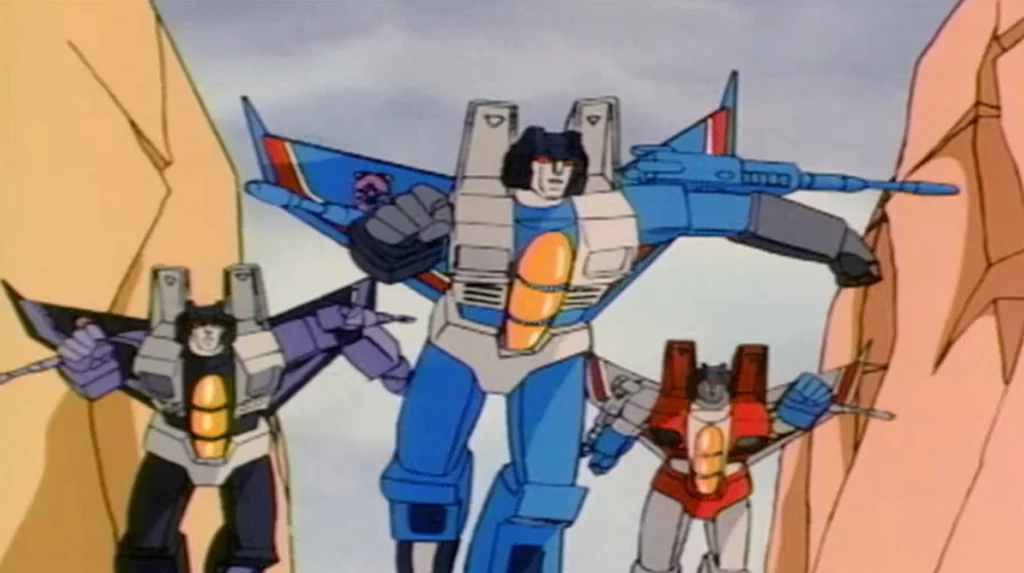
“More than meets the eye” became the battle cry of every kid who desperately wanted their own Optimus Prime or Megatron figure. The show was essentially a 22-minute toy commercial, but what a commercial it was—giant robots that transformed into vehicles and battled for the fate of the universe while teaching us about friendship, sacrifice, and the importance of having really cool stuff. Every episode introduced new Autobots and Decepticons, which conveniently corresponded to new toy releases that we’d beg our parents to buy. The Strong National Museum of Play uncovers what’s more than meets the eye behind the history of this transformative toy.
The genius of Transformers wasn’t just in the spectacular robot battles or the memorable catchphrases. It was in how they made transformation itself feel magical—the idea that something ordinary like a truck or a cassette player could become something extraordinary with just the right touch. We’d spend hours perfecting the transformation sequences on our own figures, trying to match the smooth animations we saw on screen, and dreaming of the day when we’d own every single Transformer in existence.
2. G.I. Joe: A Real American Hero (1985-1986)
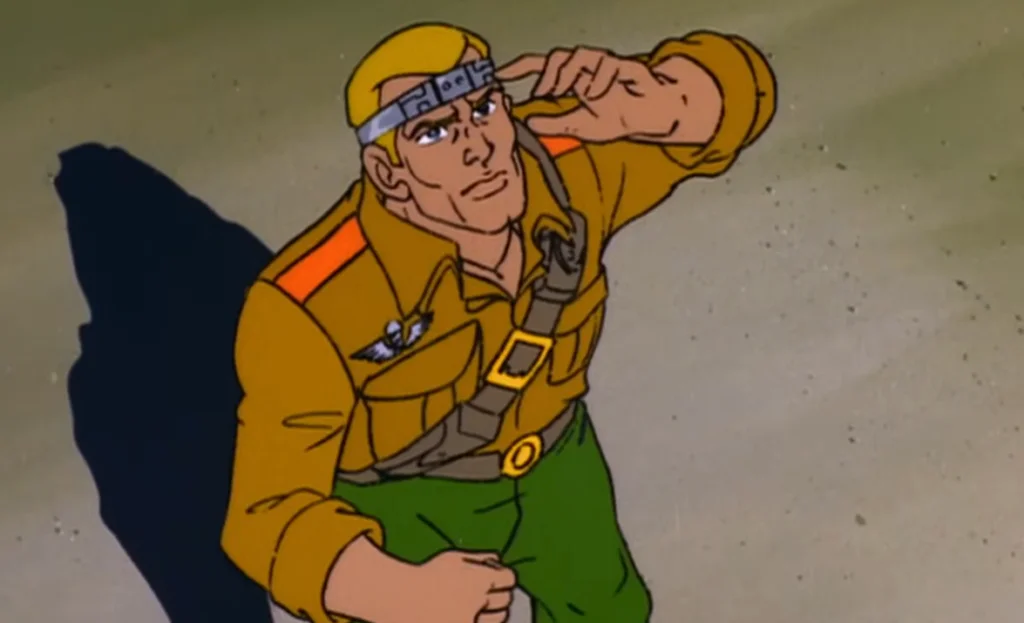
“Knowing is half the battle,” but owning every G.I. Joe action figure was the other half that really mattered to us kids. This military-themed cartoon turned backyard play into epic battles between good and evil, with each character having their own specialized skills, vehicles, and most importantly, their own action figure with “kung-fu grip.” The show’s public service announcements at the end were nice and all, but we were really there for the explosions, the cool gadgets, and Snake Eyes being mysteriously awesome without ever saying a word. History credits this fighting figurine with starting the action figure movement.
The beauty of G.I. Joe lay in its massive cast of characters, each more specialized and cooler than the last. Whether you wanted to be the all-American hero Duke, the silent ninja Snake Eyes, or even dabbled in rooting for the fashionably villainous Cobra Commander, there was a figure for every personality and preference. The vehicles were just as important—who didn’t want their own Skystriker jet or HISS tank rolling around the living room carpet, recreating those intense battle sequences that made homework seem incredibly boring by comparison?
3. He-Man and the Masters of the Universe (1983-1985)

“By the power of Grayskull, I have the power!” became the most repeated phrase in playgrounds across America as kids everywhere wished they could transform from mild-mannered Prince Adam into the most powerful man in the universe. The show was wonderfully ridiculous in the best possible way—a blonde barbarian with a bowl cut wielding a magical sword, riding a giant green tiger, and fighting a skeleton-faced villain who lived in a mountain shaped like a skull. Every episode ended with a moral lesson, but we were too busy coveting Castle Grayskull and Battle Cat to pay much attention to those. SYFY explores the fascinating history behind this imaginative franchise.
The toy line was a masterclass in creative character design that made every figure irresistible. From Man-At-Arms with his orange mustache and gadgets to the evil Beast Man with his fur and fangs, each character had a unique gimmick that made them essential to our collections. The weapons and accessories were equally important—He-Man’s sword, Skeletor’s staff, and Castle Grayskull itself became the holy grail of playsets that could make any birthday or Christmas absolutely legendary.
4. ThunderCats (1985-1989)
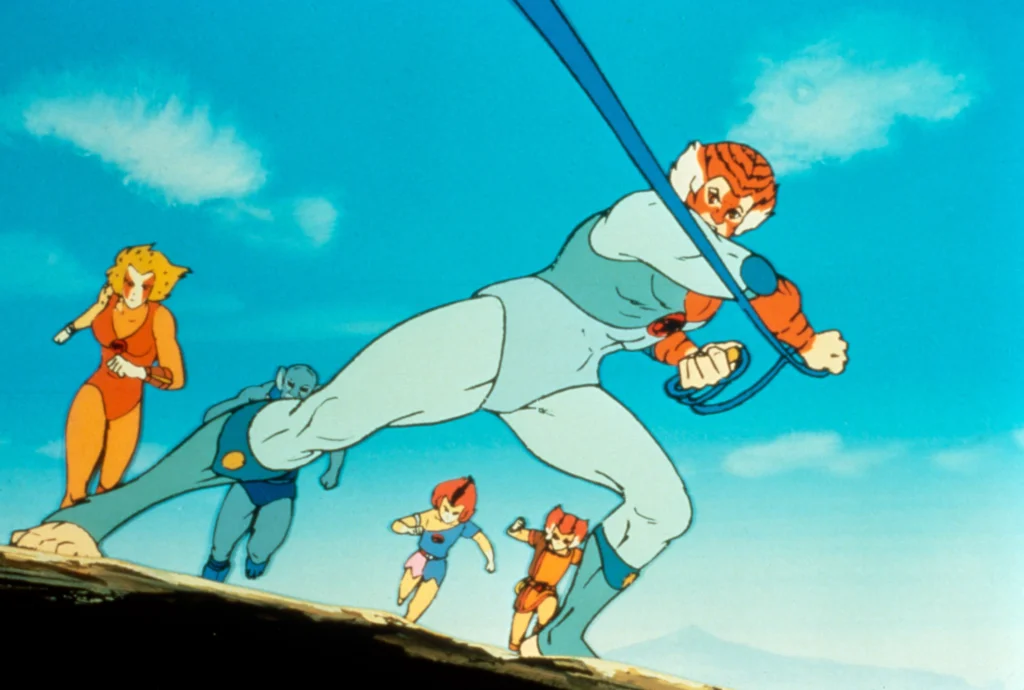
“Thunder, thunder, ThunderCats, ho!” echoed through living rooms as kids everywhere wished they could wield the Sword of Omens and see beyond sight. This space-age take on cat-humanoid heroes fighting ancient evil mummies combined the best of fantasy and science fiction into one irresistible package. Lion-O’s coming-of-age story resonated with young viewers, but let’s be honest—we were really there for the cool weapons, the awesome vehicles, and Cheetara’s super speed that made her the coolest female character on television.
The ThunderCats toys were engineering marvels that brought the show’s high-tech fantasy world into our bedrooms. The Sword of Omens with its extending blade was pure magic in plastic form, while the ThunderTank and other vehicles let us recreate those epic chase scenes across Third Earth. Each character had their own special weapon and personality that made collecting them feel like assembling your own team of heroes ready to take on whatever evil forces might be lurking in the sandbox or under the bed.
5. The Smurfs (1981-1989)
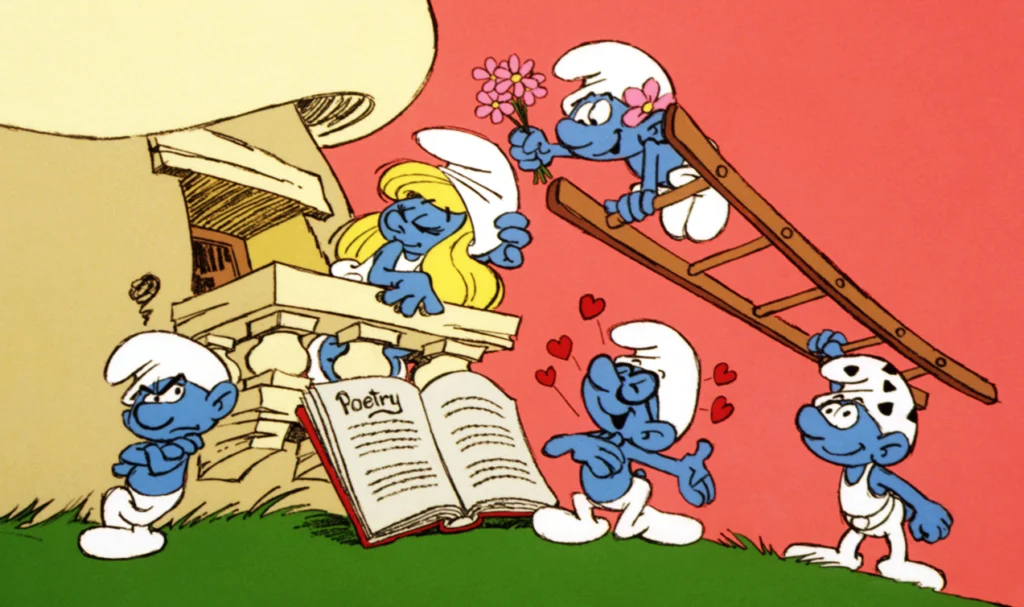
Those little blue creatures living in mushroom houses captured hearts and wallets with their simple lifestyle and endless collectibility. Papa Smurf’s wisdom, Smurfette’s charm, and the various specialized Smurfs like Brainy, Clumsy, and Handy made each character feel essential to the magical village we all wanted to recreate in our own backyards. The show taught valuable lessons about community and cooperation, but mostly it made us want tiny blue figurines and mushroom houses that we could arrange and rearrange to our heart’s content.
What made the Smurfs so appealing wasn’t just their adorable appearance or their catchy theme song. It was the way they created an entire miniature world that felt both fantastical and attainable—after all, how hard could it be to collect enough Smurf figures to populate your own village? The toys were perfectly sized for little hands and big imaginations, and with dozens of different characters available, completing a Smurf collection became a quest that could span multiple birthdays and holidays.
6. Inspector Gadget (1983-1986)
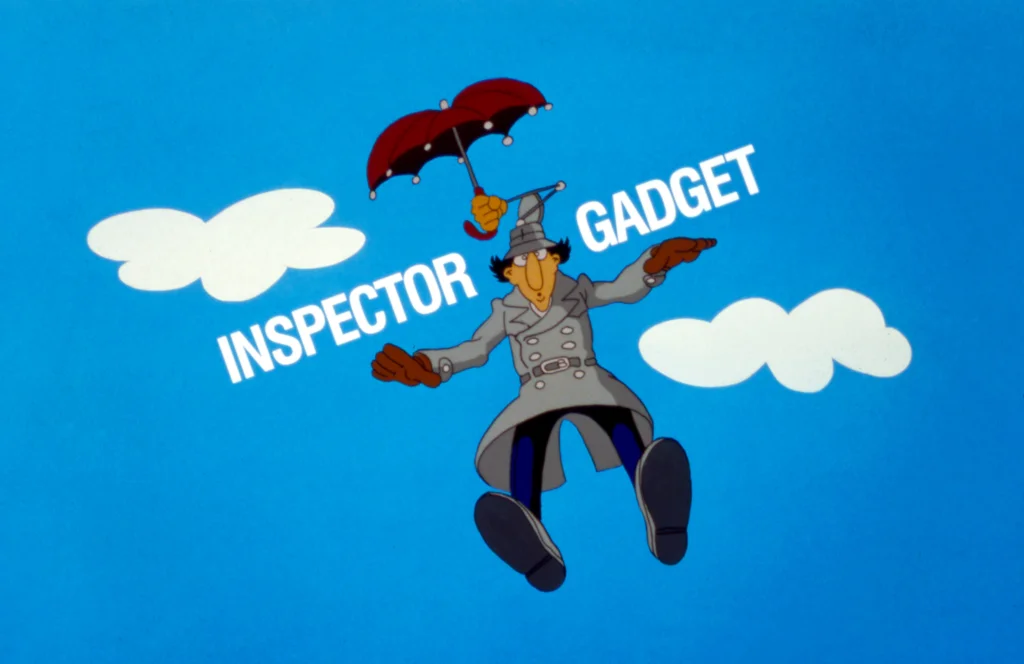
“Wowsers!” became our favorite exclamation as we watched the world’s most incompetent detective bumble his way through cases while his amazing gadgets did all the real work. Inspector Gadget’s extendable limbs, helicopter hat, and seemingly endless array of built-in tools made him the ultimate wish-fulfillment character—who wouldn’t want to have rockets in their skates or springs in their legs? The show’s humor came from Gadget’s obliviousness, but the real appeal was in those incredible gadgets that made everyday problems seem easily solvable.
The Inspector Gadget toy line brought that mechanical magic into our hands with figures that actually extended and transformed just like the cartoon version. Dr. Claw’s mysterious evil plots and his cat MAD Cat provided the perfect villains, while Penny and Brain did the real detective work that kept us engaged in the mysteries. The toys captured that sense of infinite possibility—the idea that with the right gadgets, any problem could be solved and any adventure could be survived, no matter how dangerous or ridiculous.
7. Voltron: Defender of the Universe (1984-1986)
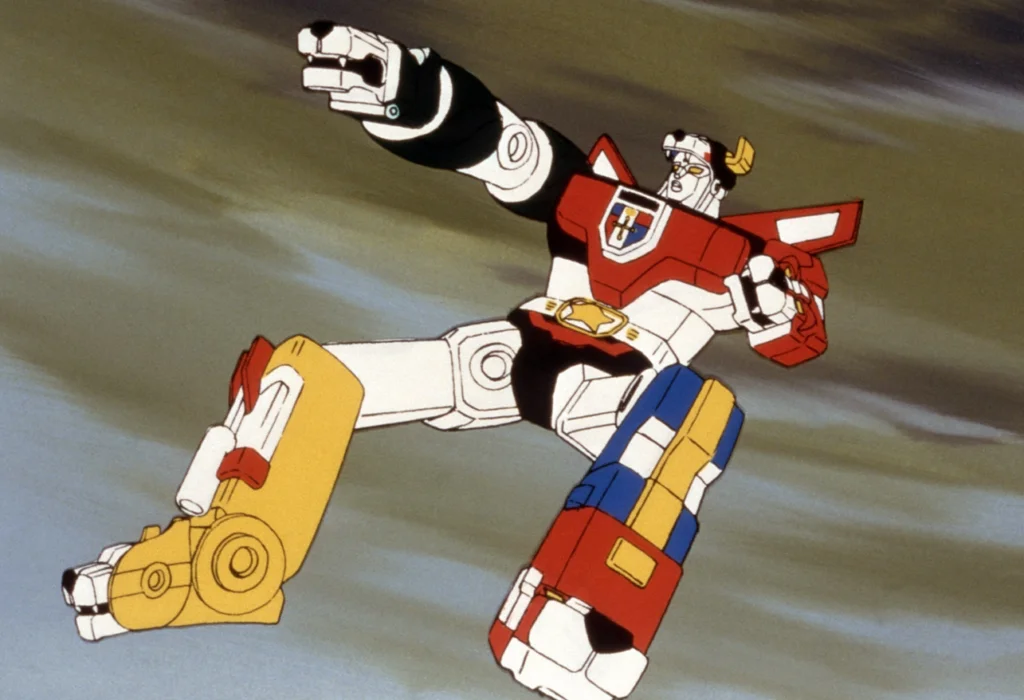
Five robot lions that combined to form one giant defender of justice became the ultimate example of teamwork making the dream work—and making our toy wish lists incredibly expensive. Each lion had its own pilot with distinct personalities and skills, but the real magic happened when they shouted “Form Voltron!” and combined into the massive robot with the blazing sword. The show taught us about cooperation and leadership, but mainly it taught us that we absolutely needed all five lions to make the combination work, which was either brilliant or diabolical marketing depending on your perspective.
The genius of Voltron toys wasn’t just in the individual lion figures, but in how they actually combined to form the larger robot, just like in the show. Kids would spend hours perfecting the transformation sequence, making sure each lion clicked into place perfectly to form the ultimate defender. The blazing sword and shield accessories completed the fantasy, turning living room floors into battlefields where good would triumph over evil through the power of really cool combining robots and our increasingly sophisticated play narratives.
8. My Little Pony (1986-1987)
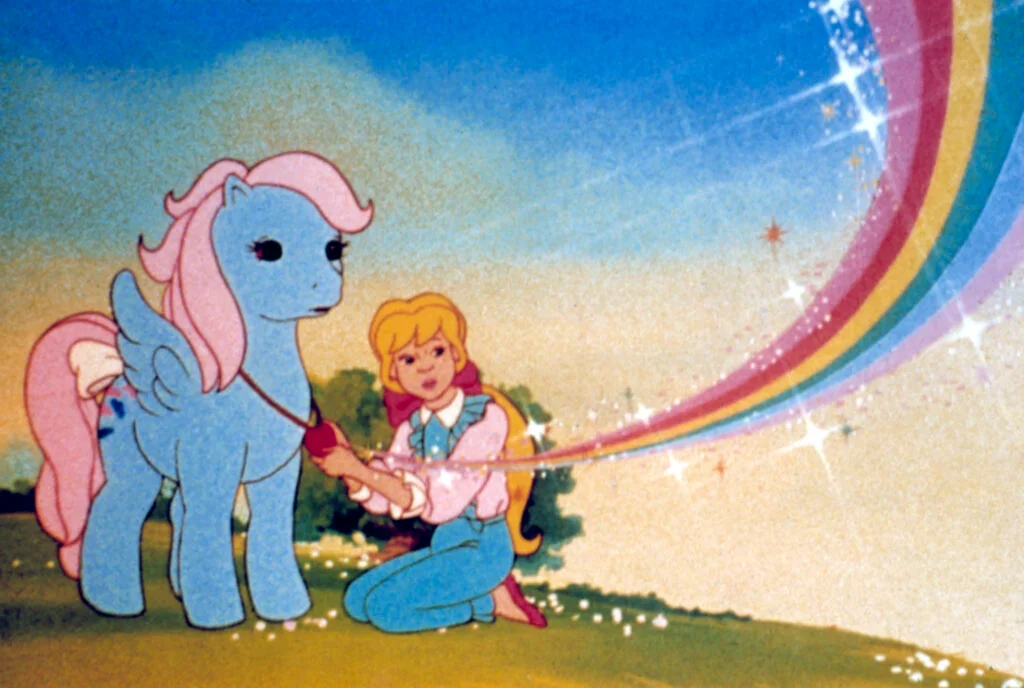
These colorful magical ponies with symbols on their flanks introduced an entire generation to the concept of “cutie marks” while making pastel colors and rainbow hair seem like the height of sophistication. Each pony had her own personality, special talent, and magical ability that made collecting them feel like gathering a diverse group of magical friends. The show’s emphasis on friendship and kindness was wonderful, but let’s face it—we were really there for the pretty colors, the brushable manes, and the way each pony’s symbol seemed to perfectly capture something special about their character.
The My Little Pony toy line was a masterpiece of collectible design that made each figure feel unique and special. The brushable hair was revolutionary for its time, letting kids style and care for their ponies just like the characters did in the show. Dream Castle and other playsets created entire worlds where these magical ponies could live out adventures, host tea parties, and teach valuable lessons about accepting differences while looking absolutely fabulous doing it.
9. Care Bears (1985-1988)
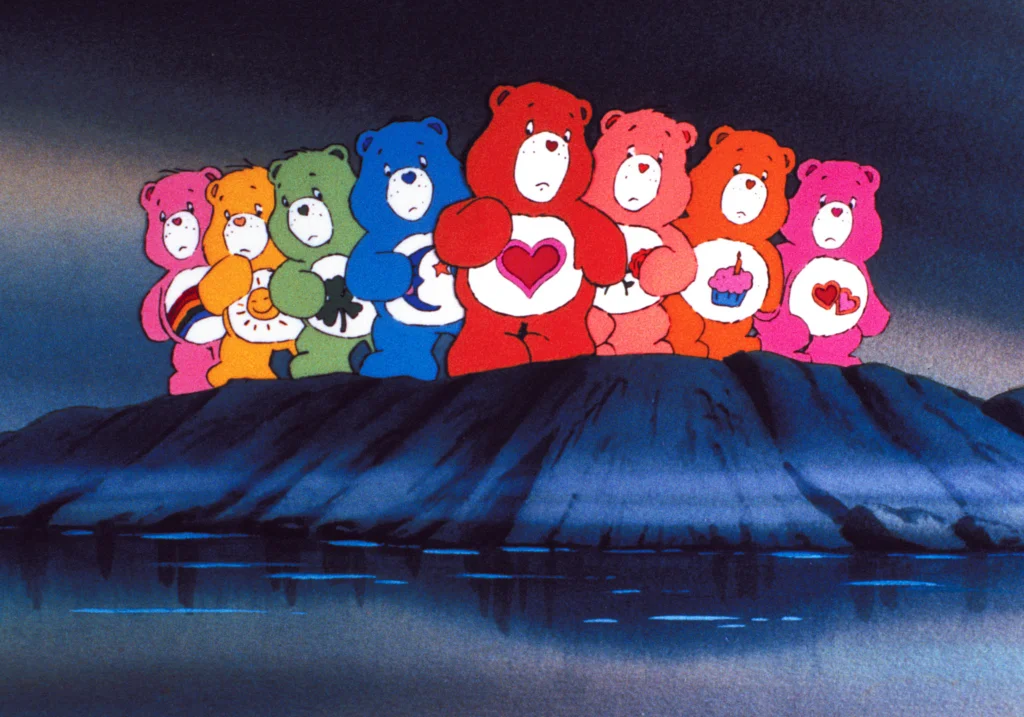
These cuddly bears with symbols on their tummies taught us about emotions and caring while making us desperately want our own Care-a-Lot cloud kingdom to call home. Each bear represented a different aspect of caring or emotional intelligence, from Tenderheart Bear’s love to Grumpy Bear’s… well, grumpiness, showing that all feelings were valid and important. The Care Bear Stare was their magical power that could overcome any problem with the force of pure caring, which seemed like the most useful superpower any stuffed animal could possibly have.
The Care Bears toys weren’t just stuffed animals—they were emotional support systems with adorable faces and the perfect huggable size. The various bears each had their own personality and symbol that made choosing favorites nearly impossible, leading to collections that grew with each gift-giving occasion. Cloud Cars, Care-a-Lot playsets, and other accessories expanded the magical world beyond just the bears themselves, creating an entire universe of caring that felt both comforting and exciting to explore through imaginative play.
10. Strawberry Shortcake (1980-1985)
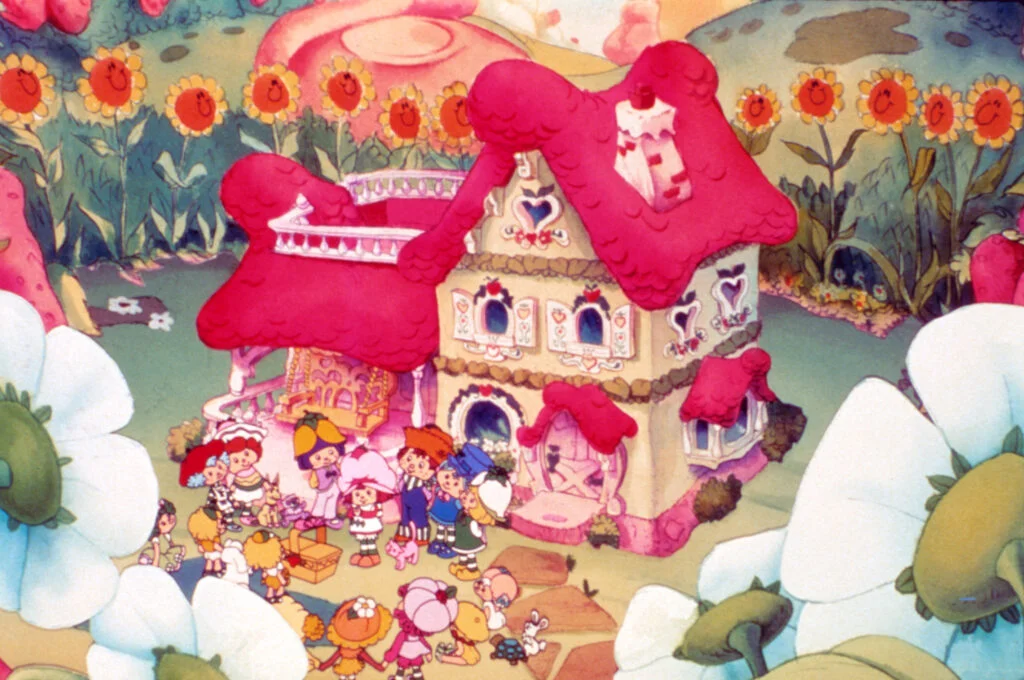
This sweet-smelling little girl and her dessert-themed friends created a world where everything was cute, colorful, and deliciously scented. Each character was named after a different dessert and came with their own pet and signature scent that made playing with them a multi-sensory experience. The show’s gentle stories about friendship and problem-solving were perfect for younger viewers, but the real magic was in how the toys actually smelled like their namesake treats, making playtime feel like a trip to the world’s most adorable bakery.
The genius of Strawberry Shortcake toys wasn’t just in their sweet scents, but in how they created an entire themed world that felt cohesive and magical. Berry houses, playsets, and vehicles all maintained the dessert theme while providing endless opportunities for creative play. The characters’ names like Blueberry Muffin, Apple Dumplin’, and Huckleberry Pie were memorable and fun to say, making each figure feel like a new friend joining a delightfully sweet community that smelled as good as it looked.
11. The Flintstones (1960-1966, but toys peaked in the ’70s and ’80s)
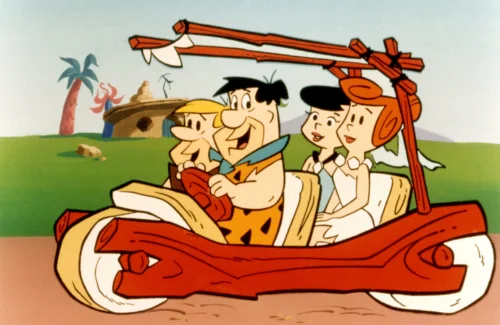
While the original show aired in the early ’60s, the stone-age family’s popularity exploded in the ’70s and ’80s through reruns and an incredible toy line that let kids recreate Bedrock in their own homes. Fred’s “Yabba-dabba-doo!” enthusiasm and the clever stone-age versions of modern conveniences made the show timelessly appealing. The humor worked on multiple levels, entertaining both kids who loved the dinosaur pets and adults who caught the more sophisticated jokes, making it perfect family viewing that somehow made the stone age seem like the most fun time period in history.
The Flintstones toy line was a masterpiece of creative design that brought prehistoric fun into the modern world. From Fred’s foot-powered car to the various dinosaur appliances and pets, each toy captured the show’s clever blend of primitive and modern living. The playsets recreated iconic locations like the Flintstone house and Bedrock city, while the figures perfectly captured each character’s personality, making it possible to create new stone-age adventures that were just as entertaining as the ones on television.
12. Scooby-Doo, Where Are You! (1969-1978, with continued popularity in the ’80s)
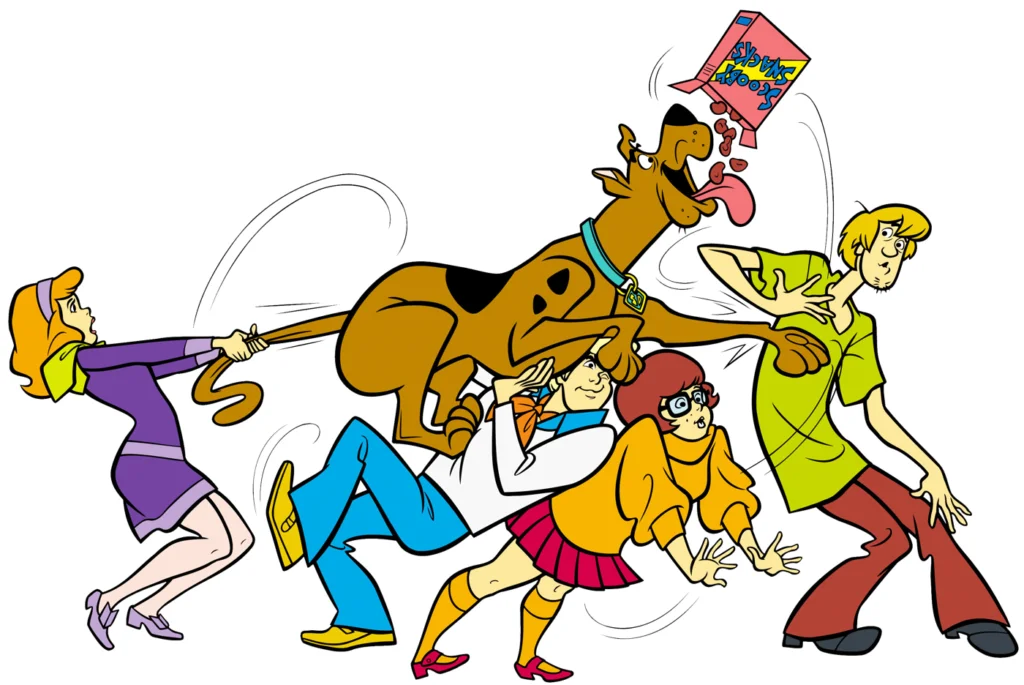
“Scooby Snacks” became the most requested snack food among kids who wanted to be brave enough to solve mysteries with their favorite cowardly Great Dane and his best pal Shaggy. The show’s formula of unmasking supposedly supernatural villains taught us that most scary things had logical explanations, but more importantly, it taught us that friendship and snacks could get you through any scary situation. Each episode was like a puzzle that viewers could try to solve along with the gang, making us all feel like honorary members of Mystery Inc.
The Scooby-Doo toy line captured all the mystery-solving excitement with figures, vehicles, and playsets that let kids create their own supernatural investigations. The Mystery Machine van was the crown jewel of the collection, perfectly recreating the gang’s groovy transportation in miniature form. Each character figure came with their own accessories and personality-appropriate expressions, from Scooby’s worried look to Shaggy’s perpetual hunger, making it possible to recreate those classic “unmasking the villain” moments right in your own living room.
Those Saturday morning cartoons didn’t just entertain us—they shaped our understanding of what made life exciting and worth celebrating. Every birthday wish list became a carefully curated collection of the toys that would let us recreate the magic we saw on screen, turning ordinary afternoons into epic adventures. Looking back, we realize those shows were basically 30-minute toy commercials, but you know what? They were the most effective commercials ever made, because they sold us on something more valuable than toys—they sold us on the power of imagination, friendship, and the belief that with the right accessories, any kid could be a hero.


